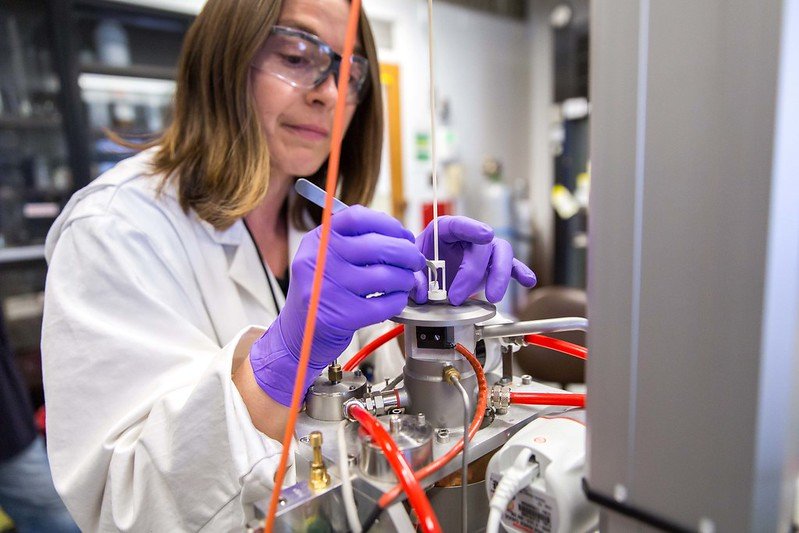Innovation, Science and Industry Minister François-Philippe Champagne announced a $27.2-million investment Thursday in the development of next-generation nuclear technology he said will make energy more accessible to remote communities.
However, numerous Indigenous, scientific, environmental and citizen groups have called technology a “dirty, dangerous distraction” from real climate action.
The money will go to the development of Westinghouse Electric Canada Inc.’s eVinci micro-reactor, a small modular reactor (SMR) the company says will “bring carbon-free, transportable, safe and scalable energy anywhere Canada requires reliable, clean energy .”
SMRs — a portable nuclear technology still in the development stage — are a good energy alternative for small communities, specifically remote Indigenous communities, which are currently reliant on diesel, Champagne said.
However, experts such as MV Ramana, professor at the School of Public Policy and Global Affairs at the University of British Columbia, have found SMRs aren’t a practical solution when compared to renewable sources of energy, such as wind and solar.
“Studies have shown that electricity from small modular reactors will be more expensive than electricity from large nuclear power plants, which are themselves not competitive in today’s electricity markets,” said Ramana.
“There is no viable market for small modular reactors, and even building factories to manufacture these reactors would not be a sound financial investment.”
What people are reading

There’s also sizable criticism around the kinds of nuclear waste SMRs are set to produce, as the process of making energy would leave toxic radioactive waste behind. Studies have documented some Indigenous communities’ resistance to SMRs, and formal stances have been put out by groups such as the Assembly of First Nation Chiefs, which passed a resolution in 2018 urging the abandonment of SMR plans and funding.
The federal government is currently pushing the new technology through its SMR Action Plan, touting its ability to play an essential role in the pathway to net-zero greenhouse gas emissions. So are the provinces of Alberta, Ontario, Saskatchewan and New Brunswick, which signed a memorandum of understanding expressing support for SMR technology.

The action plan doesn’t just focus on empowering remote communities. It also notes “oilsands producers and remote mines” would benefit from the technology, which could provide “medium-term options for bulk heat and power that would be more reliable and cleaner than their current energy sources.”
Opponents say the money would be better spent on proven green tech, rather than small modular reactors, which they say are expensive and environmentally dangerous. #Nuclear #SMRs #Energy
But SMRs are still in the development stage, and any potential benefits they might have in slashing greenhouse gas emissions wouldn’t be felt soon enough to contribute to Canada’s climate target of a 40 to 45 per cent reduction in emissions by 2030, said the Coalition for Responsible Energy Development in New Brunswick.
Susan O’Donnell, a University of New Brunswick researcher and member of the Coalition for Responsible Energy Development, called SMRs a “bad investment.”
“Canadians want affordable energy that does not pollute the environment. Why would we invest in unproven technologies that, if they ever work, will cost two to five times more than building proven renewables?” she said.
“Indigenous leaders across the country oppose building nuclear reactors or storing nuclear waste in their territories because it contains ‘forever’ radioactive poisons.”